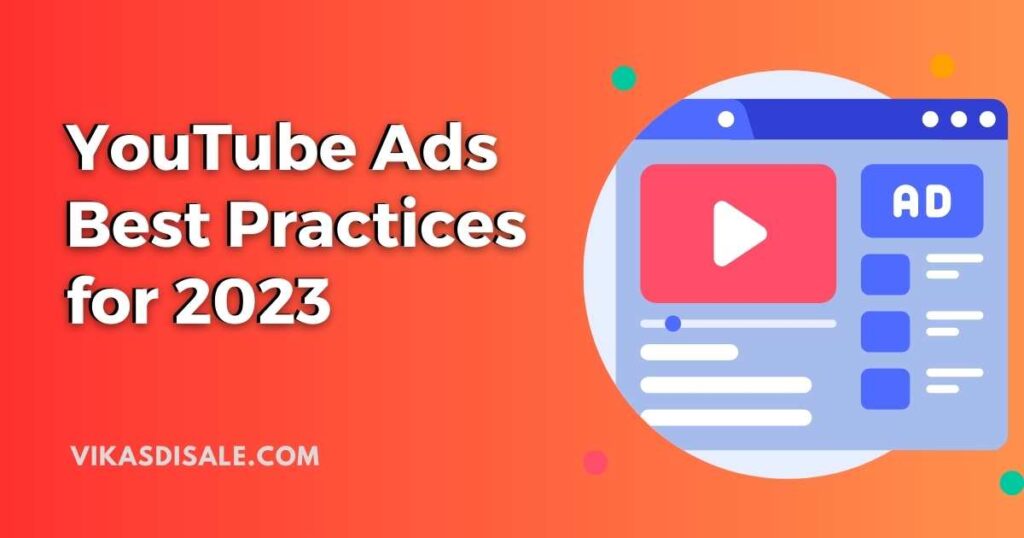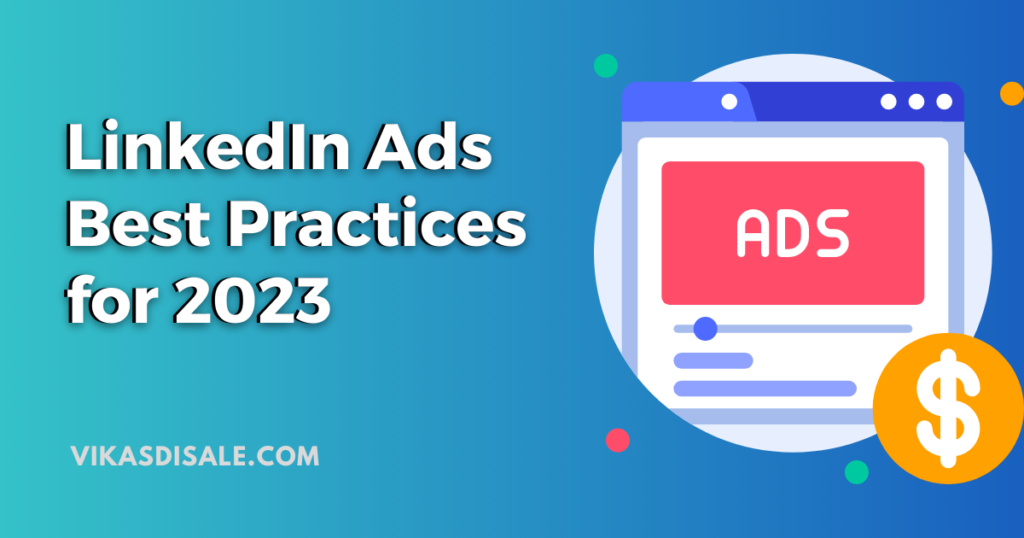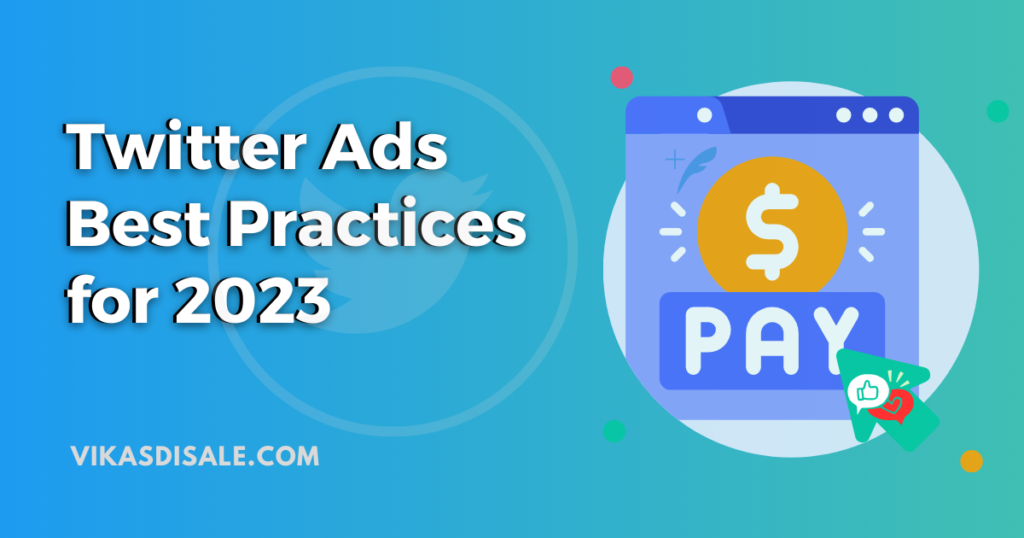
Are your competitors leaving you wondering how they manage to craft such compelling and successful advertising campaigns?
Do you find yourself pondering the secrets behind their captivating ads, each one seemingly more effective than the last? In the ever-evolving world of digital marketing, it’s not uncommon to feel like you’re falling behind.
But what if there was a way to not only decode the brilliance behind their marketing tactics but also use it to your advantage?
The answer lies within the Google, Facebook, and TikTok Ads Libraries – the gold mines of advertising insights. These repositories are brimming with the strategies that are captivating audiences and driving businesses forward.
In our quest to empower your marketing prowess, I have crafted a comprehensive guide that will reveal how you can harness these libraries to elevate your marketing game. By the time you’ve explored the nooks and crannies of this post, you’ll be equipped with the knowledge to:
Uncover the strategies that work: Peek behind the curtains of your competitors’ advertising success.
Develop data-driven campaigns: Transform raw ad data into actionable marketing insights.
Create compelling, results-driven ads: Craft marketing campaigns that captivate your audience and drive growth.
Prepare to become a marketing maestro and steal the spotlight from your rivals. Your journey to unlocking the power of these libraries begins now.
What are the Google, Facebook, and TikTok Ads Libraries?
The Google, Facebook, and TikTok Ads Libraries are powerful resources that provide transparency and insight into the advertising strategies and campaigns running on these popular online platforms.
These libraries serve as repositories of ad content, enabling users to explore, analyze, and gain inspiration from a wide range of advertisements. Here’s a brief overview of each:
1. Google Ads Library:
What it is: The Google Ads Library, often referred to as the Google Ads Transparency Report, is a publicly accessible database of ads that run on Google’s advertising networks, including Google Search, YouTube, and the Google Display Network.
Purpose: It aims to enhance transparency and accountability in online advertising, allowing users to view ads related to political or issue-based topics. This helps users understand who is behind specific ads and what messages they are promoting.
Contents: It includes details about the ads, such as the advertiser’s name, campaign duration, amount spent, impressions, and, for political and issue ads, information about the target audience.
2. Facebook Ads Library:
What it is: The Facebook Ads Library, now integrated into Facebook’s Ad Library, offers a comprehensive collection of advertisements that run on the Facebook and Instagram platforms.
Purpose: It promotes ad transparency by allowing users to view active and inactive ads, identify the advertisers, and understand the demographics they are targeting.
Contents: Users can access information on ad content, targeting parameters, engagement metrics, and more. Additionally, you can explore the ad history of specific pages and advertisers.
Also You can read more about the Facebook Ads Step-by-Step Guide here.
3. TikTok Ads Library:
What it is: The TikTok Ads Library is a database of ads that appear on the TikTok platform, offering a glimpse into the creative content being used for marketing.
Purpose: It serves as a resource for transparency, enabling users to view ads by different advertisers and understand the types of campaigns being run on TikTok.
Contents: Users can find information about the ad content, impressions, engagement, and campaign duration. This can be valuable for gaining insights into the strategies and creativity behind successful TikTok ads.
In essence, these ad libraries provide a wealth of information to advertisers, marketers, and curious individuals alike. They offer a unique opportunity to learn from competitors, assess market trends, and make more informed decisions when crafting advertising campaigns on these platforms.
What are the benefits of Google, FB and TikTok Ad Library?
The Google, Facebook, and TikTok Ads Libraries offer a number of benefits to businesses of all sizes, including:
- Transparency: The ads libraries allow businesses to see what ads their competitors are running, and to learn from their successes and failures.
- Inspiration: The ads libraries can provide businesses with inspiration for their own ads. Businesses can see what kind of ads are resonating with their target audience, and get ideas for new ad formats and creative concepts.
- Insights: The ads libraries can provide businesses with insights into their target audience and their industry. Businesses can see what kind of ads are popular in their industry, and what kind of messaging is resonating with their target audience.
- Cross-platform strategy: Businesses can use insights from the ads libraries to develop a cross-platform ad strategy that reaches their target audience on the platforms where they are spending their time.
Here are some specific examples of how businesses can benefit from using the Google, Facebook, and TikTok Ads Libraries:
- A small business could use the ads libraries to see what kind of ads other small businesses in their industry are running. This information could help them to create more effective ad campaigns of their own.
- A large business could use the ads libraries to research their competitors’ ad campaigns. This information could help them to identify areas where they can improve their own campaigns.
- A marketing agency could use the ads libraries to stay up-to-date on the latest trends in ad creative and targeting. This information could help them to create more effective ad campaigns for their clients.
Overall, the Google, Facebook, and TikTok Ads Libraries are valuable tools for businesses of all sizes. By using these libraries, businesses can gain valuable insights into their competitors, their target audience, and their industry. They can also use this information to develop more effective ad campaigns.
How to use Google Ads Library for Research?
Using the Google Ads Library is a valuable way to gain insights into your competitors’ advertising strategies and to gather inspiration for your own campaigns. Let’s go through how to use the Google Ads Library step by step, with an example for better understanding:
1. Access the Google Ads Library:
Visit the Google Ads Library here.
2. Start with a Search:
Begin by entering keywords, the name of a specific advertiser, or a topic in the search bar.
3. Filter Your Search:
Use filters to narrow down your search. Filters include “Advertiser,” “Issue,” “Year,” and “Region.” You can filter by the United States or specific states.
4. Example: Analyzing a Competitor’s Ad
Let’s say you run a fitness equipment e-commerce store, and you want to explore your competitor’s Google ads. You enter the name of your competitor in the search bar and apply filters to focus on ads related to fitness equipment in the United States.
You discover an ad from your competitor promoting a new line of home gym equipment. Click on the ad to view more details.
5. Analyze Ad Performance Metrics:
Within the ad details, you can find information such as the ad’s content, the advertiser’s name, impressions, ad spend, and engagement metrics (e.g., click-through rate, engagement rate).
6. Discover Ad Creatives:
Explore the creative elements of the ad, including ad headlines, descriptions, and images. Pay attention to the ad’s messaging and design.
7. Observe Trends and Patterns:
Look for commonalities and trends across multiple ads from the same advertiser. Are they frequently using certain keywords, ad extensions, or landing pages?
8. Take Notes and Gather Ideas:
Document your findings, noting what you find effective and innovative. Use these insights to inspire your own ad campaigns.
9. Use the Information Ethically:
While the Google Ads Library is an excellent research tool, make sure you use the information you gather in compliance with Google’s advertising policies and best practices.
By following these steps and using this example, you can make the most of the Google Ads Library to gain a competitive edge in your digital advertising efforts. It’s a valuable resource for staying updated on industry trends and understanding the strategies of your competitors.
How to use Facebook Ads Library?
Using the Facebook Ads Library is a strategic way to gain insights into your competitors’ advertising strategies and to generate inspiration for your own campaigns. Here’s a step-by-step guide on how to use the Facebook Ads Library effectively, along with an example:
1. Access the Facebook Ads Library:
Visit the Facebook Ads Library here.
2. Start with a Search:
Begin by entering the name of a specific advertiser, a topic, or a keyword in the search bar.
3. Filter Your Search:
Use filters to narrow down your search. You can filter by ad type (e.g., active ads, inactive ads), region, and ad placement (e.g., Facebook, Instagram, Audience Network). You can also sort ads by date or engagement.
4. Example: Analyzing a Competitor’s Ad
Let’s say you’re a travel agency interested in exploring your competitor’s Facebook ads. You enter the competitor’s name in the search bar and apply filters to focus on active ads in the United States.
You discover an ad from your competitor promoting a luxury vacation package to the Caribbean. Click on the ad to view more details.
5. Analyze Ad Performance Metrics:
Within the ad details, you can find information such as the ad’s content, impressions, ad spend range, engagement metrics (e.g., likes, comments, shares), and the dates the ad has been active.
6. Discover Ad Creatives:
Explore the creative elements of the ad, including images, text, and headlines. Pay attention to the ad’s messaging and design.
7. Observe Trends and Patterns:
Look for commonalities and trends across multiple ads from the same advertiser. Do they frequently use video ads, carousel ads, or other formats? What kind of ad copy and call-to-action buttons do they employ?
8. Take Notes and Gather Ideas:
Document your findings, noting what you find effective and innovative. Use these insights to inspire your own ad campaigns.
9. Use the Information Ethically:
While the Facebook Ads Library is an excellent research tool, make sure you use the information you gather in a way that aligns with Facebook’s advertising policies and industry standards.
By following these steps and using this example, you can make the most of the Facebook Ads Library to gain a competitive edge in your digital advertising efforts. It’s an invaluable resource for staying updated on industry trends and monitoring the strategies of your competitors.
How to use TikTok Ads Library?
To use a potential TikTok Ad Library, follow a similar process to what you would do with Google and Facebook Ads Libraries:
1. Access the TikTok Ad Library:
Visit the TikTok Ad Library here.
2. Begin with a Search:
If the TikTok Ad Library is available, you should be able to start by entering keywords, the name of a specific advertiser, or a topic in the search bar.
3. Filter Your Search:
Use filters to narrow down your search. These filters may include ad type, region, and more.
4. Example: Analyzing a Competitor’s Ad (Hypothetically)
Imagine you are a fashion retailer interested in exploring your competitor’s TikTok ads. You enter the name of a competitor in the search bar and apply filters to focus on fashion-related ads in the United States.
You discover an ad from your competitor showcasing a new clothing collection. Click on the ad to view more details (hypothetically, as TikTok’s ad library didn’t exist as of my last update).
5. Analyze Ad Performance Metrics:
Within the ad details, you would expect to find information such as the ad’s content, impressions, engagement metrics, and other key performance data.
6. Discover Ad Creatives:
Explore the creative elements of the ad, including video content, captions, and any interactive features. Pay attention to the ad’s style, music, and messaging.
7. Observe Trends and Patterns:
Just as with Google and Facebook, look for recurring trends, such as the use of user-generated content, influencer partnerships, or specific music tracks.
8. Take Notes and Gather Ideas:
Document what you find effective and innovative. These insights can inspire your own TikTok ad campaigns.
9. Use the Information Ethically:
Always respect TikTok’s policies and guidelines when using the information gathered from the Ad Library (if available).
How to use the Google, Facebook, and TikTok Ads Libraries together?
To use the Google, Facebook, and TikTok Ads Libraries together, you can compare and contrast the ads that are running on each platform. This can help you to identify trends and insights that you can use to improve your own ads.
You can also use the insights from the Google, Facebook, and TikTok Ads Libraries to develop a cross-platform ad strategy. This will help you to reach your target audience on the platforms where they are spending their time.
Conclusion
The Google, Facebook, and TikTok Ads Libraries are powerful tools that can help you improve your marketing campaigns. By using these libraries, you can research your competitors, get inspiration for your own ads, identify trends in your industry, and develop a cross-platform ad strategy.
Vikas Disale is Digital Marketer and practicing SEO, Social Media, Paid Ads since 2011. Vikas like to share his knowledge via Podcast, YouTube videos.



